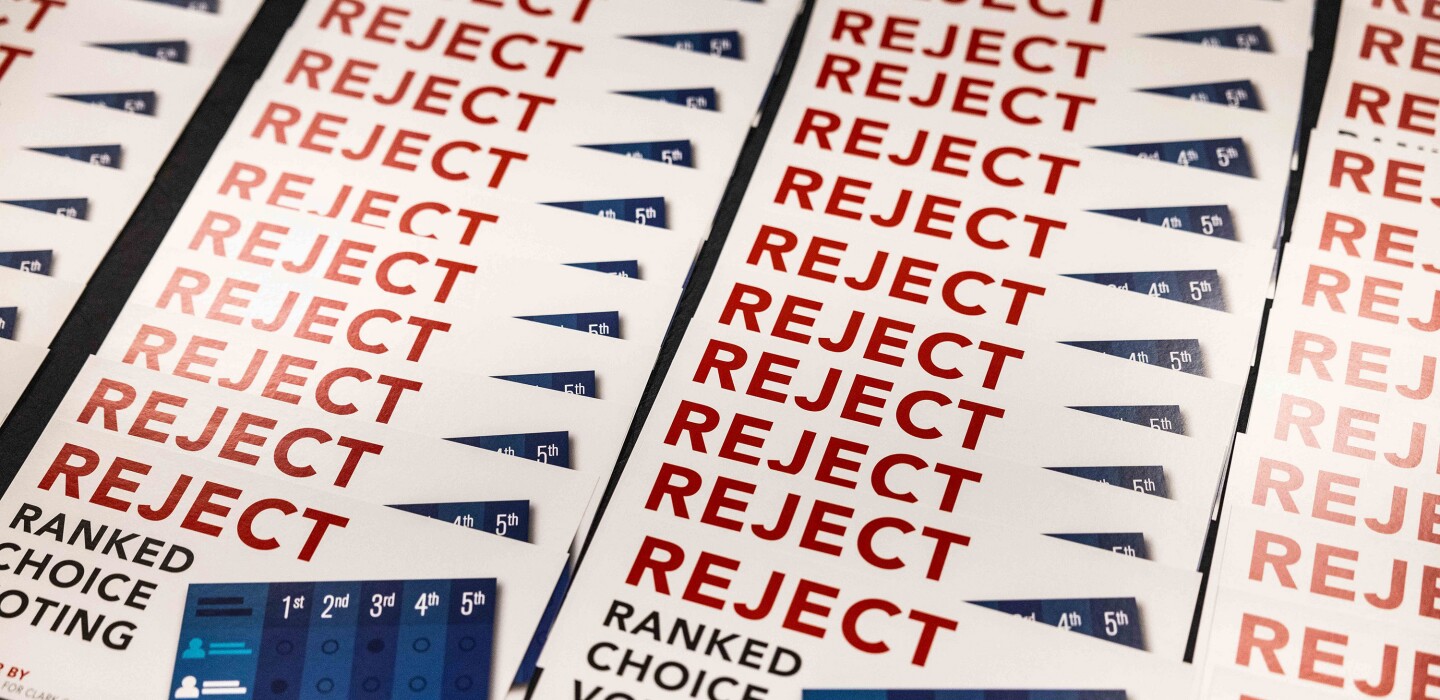| Matt Vasilogambros | Governing |
Last month, voters in Nevada, Seattle and at least six other jurisdictions around the country approved measures to change how they elect their leaders. Instead of voting for just one candidate, they instead will rank a slate of candidates.
Ranked choice voting has seen steady success in recent years. Nationwide, 62 jurisdictions have adopted the voting method, including Alaska and Maine in statewide races and New York City for local races. And with the U.S. Senate runoff underway in Georgia and the 2024 presidential primaries looming, ranked choice voting advocates see an opening to gain broader appeal.
”The number of jurisdictions that use the voting method could grow tenfold...
Voters in Alaska and a handful of other cities used ranked choice voting for the first time during this year’s midterms. And voters in Evanston, Illinois; Fort Collins, Colorado; Multnomah County, Oregon; Ojai, California; Portland, Maine; Portland, Oregon; and Seattle passed ballot initiatives to adopt the voting method in future elections.
Ranked choice is quickly growing, said Deb Otis, director of research at FairVote, a nonprofit that advocates for ranked choice voting nationwide. Over the next several years, she said, the number of jurisdictions that use the voting method could grow tenfold through state legislative action and ballot initiatives.
“When voters in one location start using it for some elections, they want to expand it for more elections,” she said, “and neighboring cities want it as well.”





